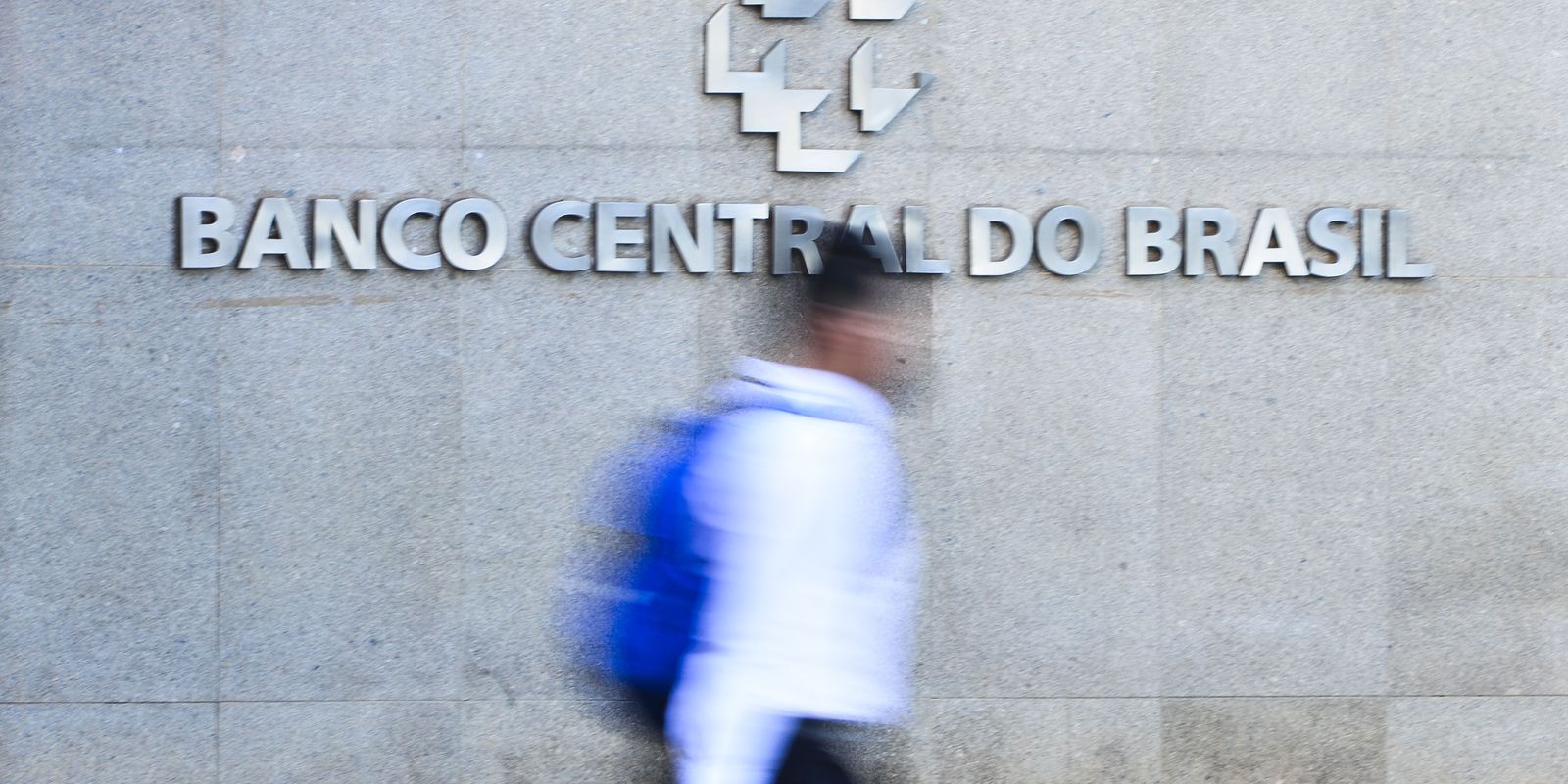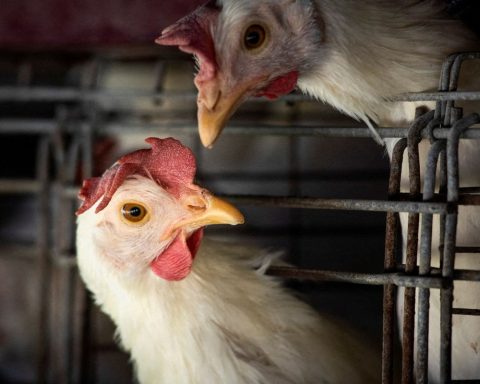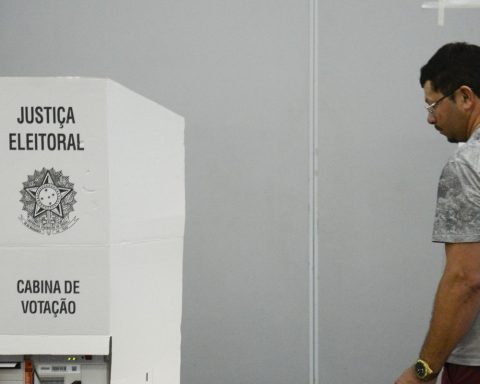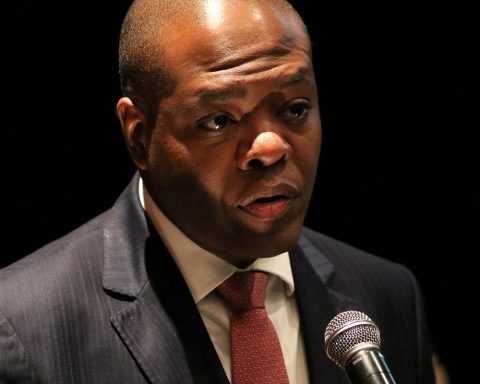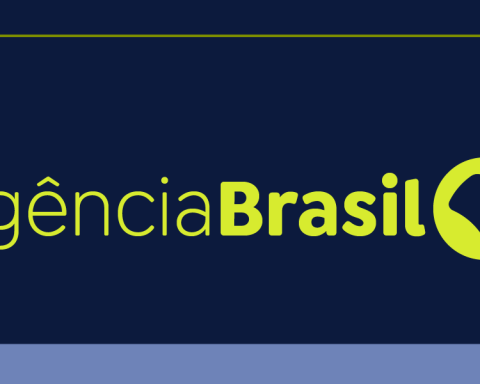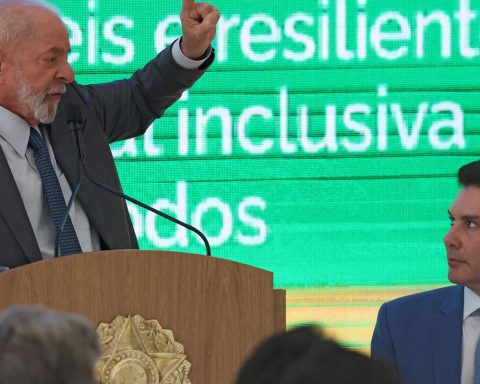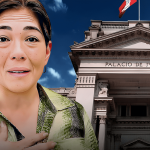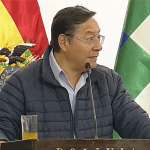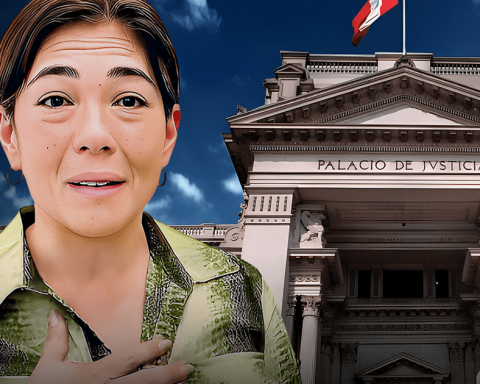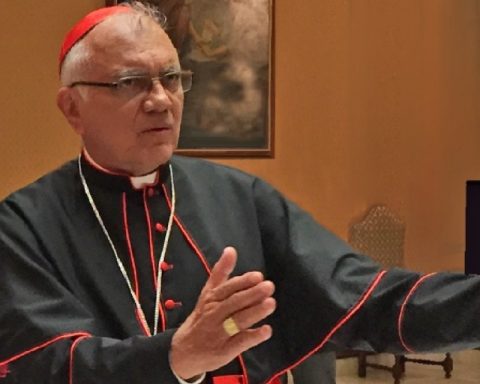The financial market forecast for the Extended National Consumer Price Index (IPCA), considered the country’s official inflation, rose from 5.98% to 6.01% this year. The estimate appears in this Monday’s (17th) Focus Bulletin, a survey published weekly in Brasília by the Central Bank (BC) with the expectations of financial institutions for the main economic indicators.
For 2024, the inflation projection was 4.18%. For 2025 and 2026, forecasts are for inflation of 4% for both years.
The estimate for this year is above the ceiling of the inflation target that must be pursued by the Central Bank. Defined by the National Monetary Council (CMN), the target is 3.25% for 2023, with a tolerance interval of 1.5 percentage points up or down. That is, the lower limit is 1.75% and the upper limit is 4.75%. According to BCthe chance of official inflation exceeding the target ceiling in 2023 is 83%.
The market’s projection for 2024 inflation is also above the center of the expected target, set at 3%, but still within the tolerance range of 1.5 percentage points.
In March, the inflation slowed down for all income brackets. Even so, driven by the increase in fuel prices, the IPCA was 0.71%, according to the Brazilian Institute of Geography and Statistics (IBGE). The result is lower than the February rate (0.84%). In 12 months, the indicator accumulates 4.65%, below 5% for the first time in two years.
basic interest
To reach the inflation target, the Central Bank uses the basic interest rate, the Selic, as its main instrument, set at 13.75% per year by the Monetary Policy Committee (Copom). The rate has been at this level since August last year and is the highest level since January 2017, when it was also at this level.
For the financial market, the expectation is that the Selic will end 2023 at 12.5% per year. It is the first time in two months that economic agents foresee a greater reduction in the basic interest rate for the end of this year; previously, it sat at 12.75% for eight straight weeks.
The Selic level is reason for divergence between the federal government and the Central Bank. When the Copom raises the basic interest rate, the purpose is to contain heated demand, and this affects prices because higher interest rates make credit more expensive and stimulate savings. Thus, higher rates can also make it harder for the economy to expand.
When the Copom decreases the Selic, the tendency is for credit to become cheaper, with incentives for production and consumption, reducing control over inflation and stimulating economic activity.
By the end of 2024, the estimate is that the base rate will drop to 10% per annum. For the end of 2025 and 2026, the forecast is for Selic at 9% per year and 8.75% per year, respectively.
GDP and exchange rate
The projection of financial institutions for the growth of the Brazilian economy this year increased from 0.91% to 0.9%.
For 2024, the expectation for the Gross Domestic Product (GDP) – the sum of all goods and services produced in the country – is for growth of 1.4%. For 2025 and 2026, the financial market projects GDP growth of 1.72% and 1.8%, respectively.
The expectation for the dollar exchange rate is R$ 5.24 for the end of this year. By the end of 2024, the forecast is that the US currency will remain at R$5.26.
